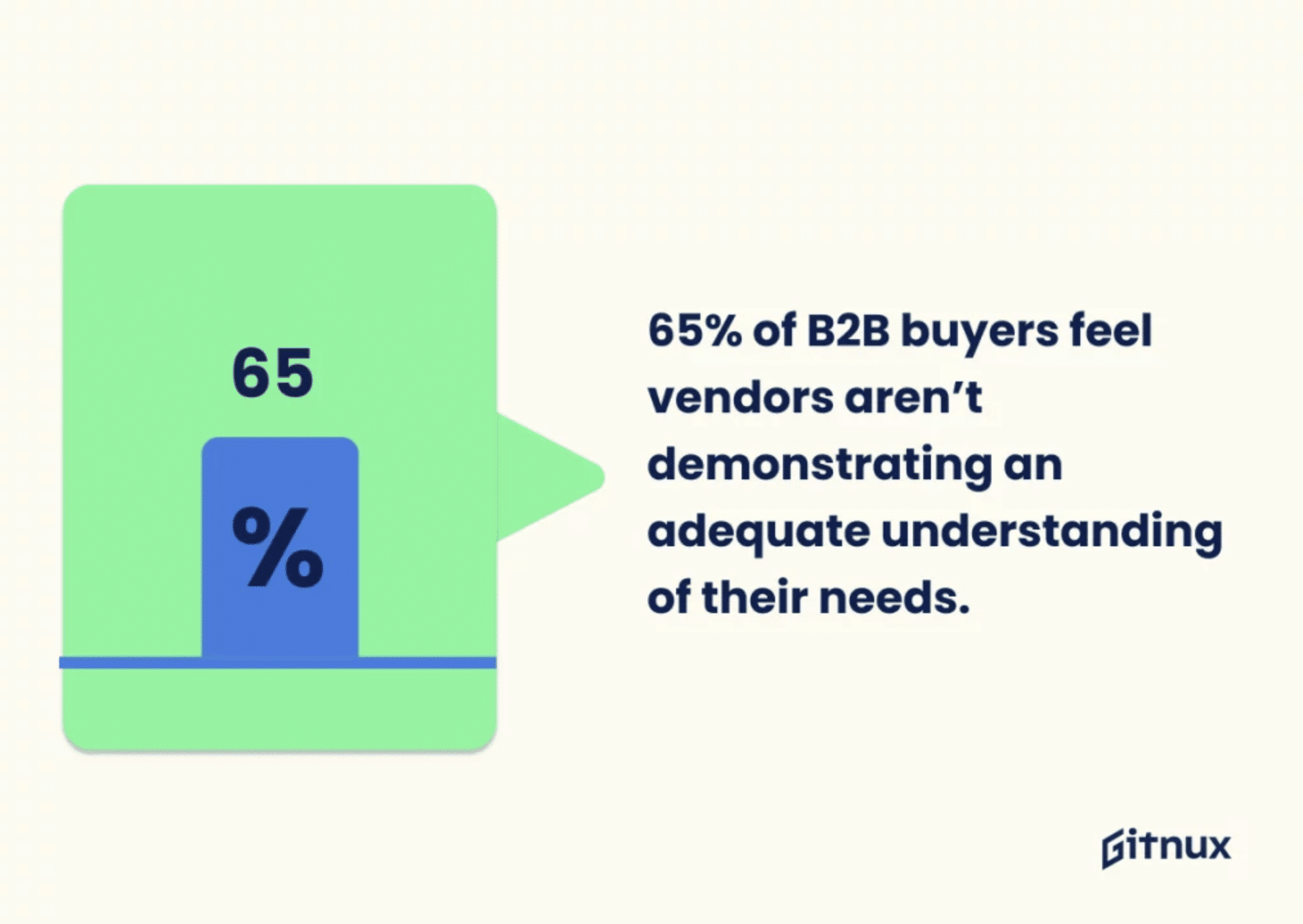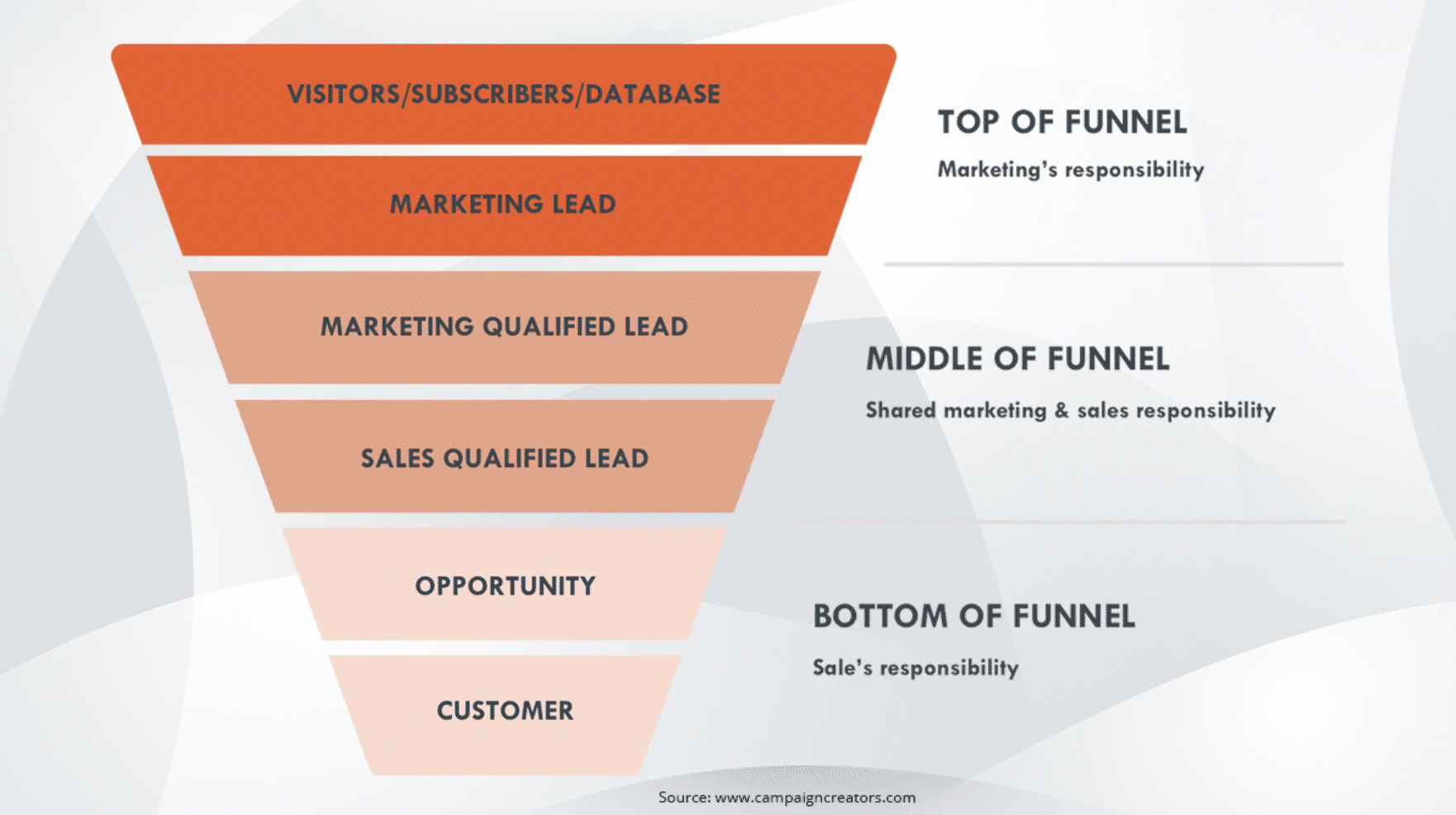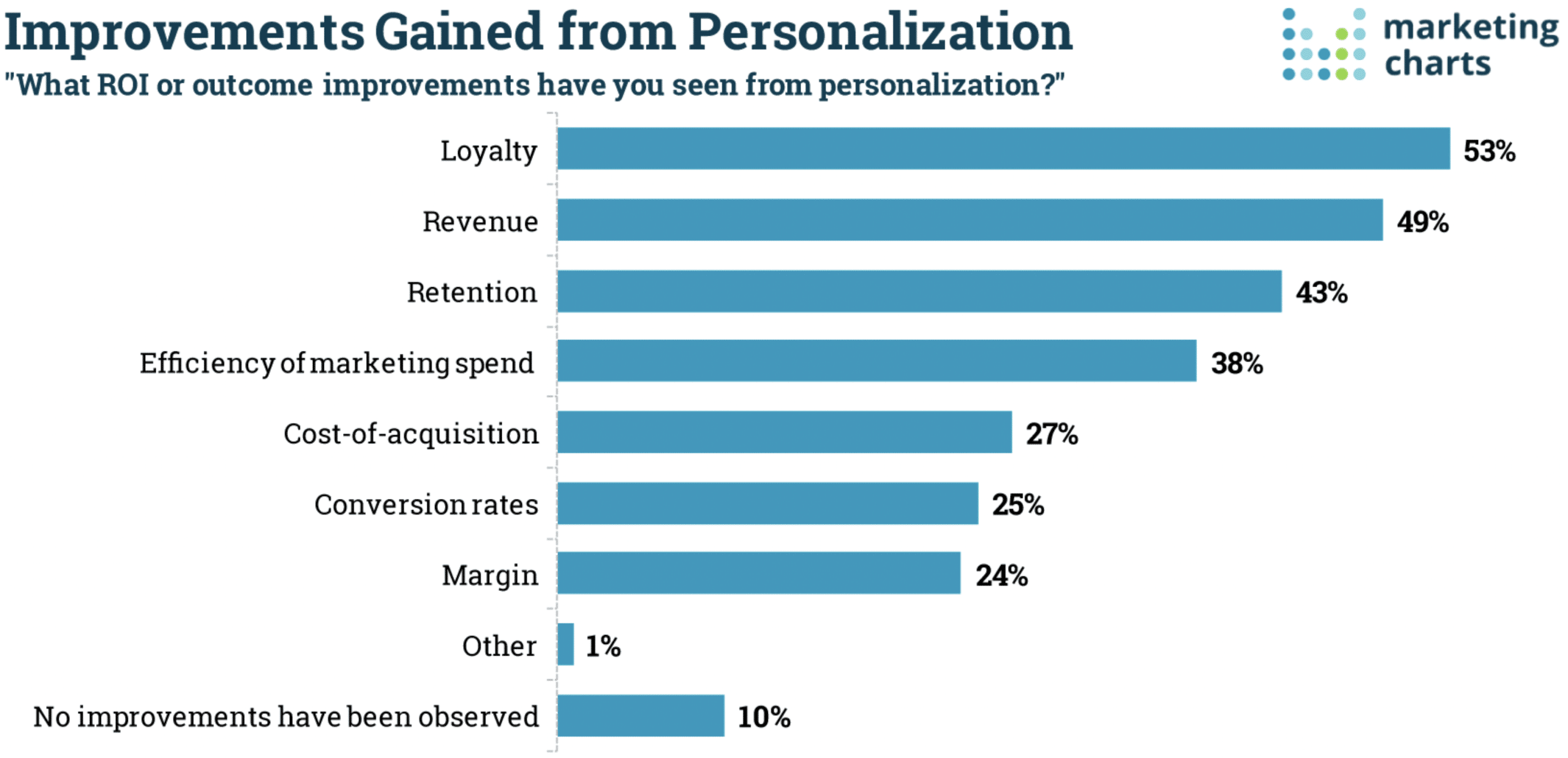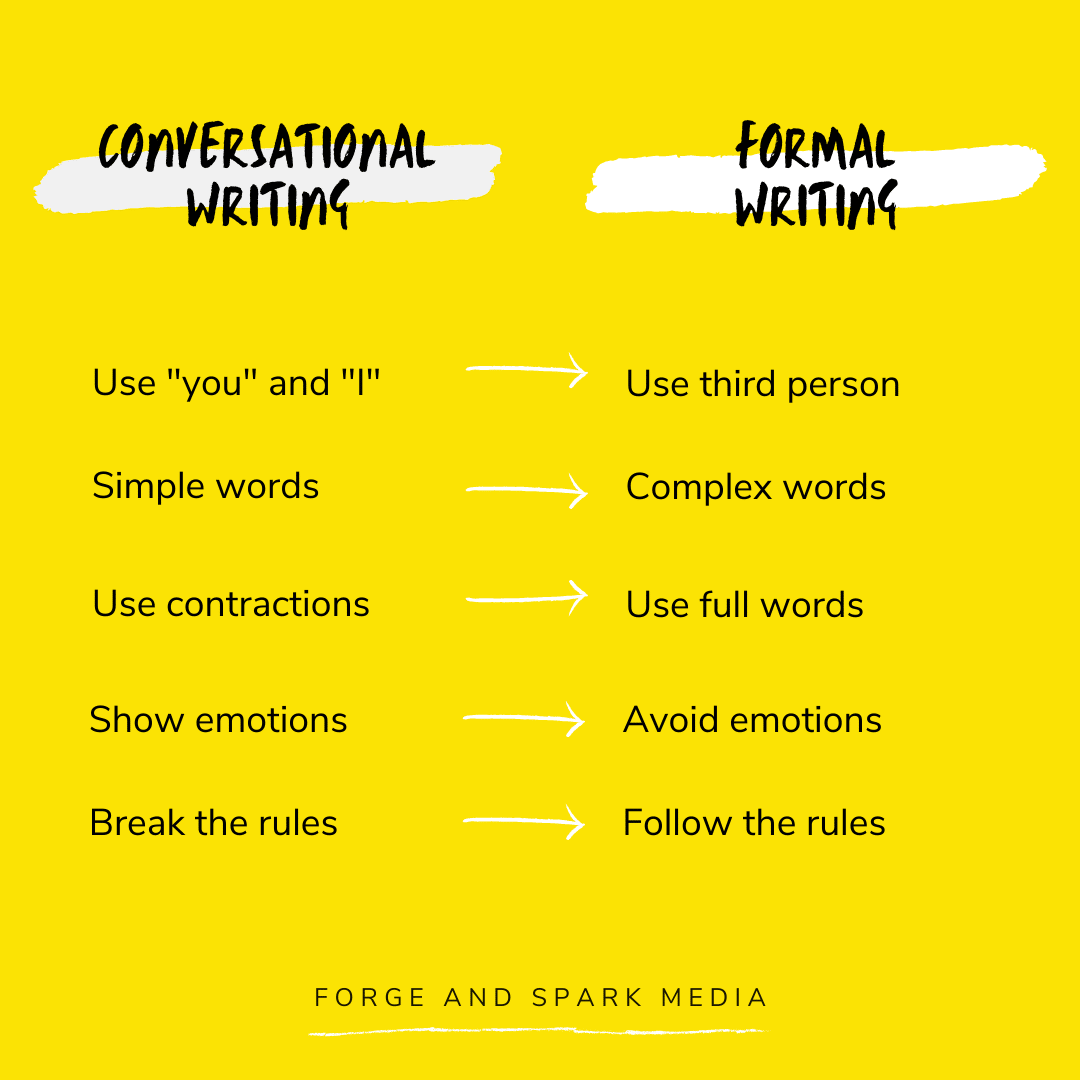
Is Conversational Content Finally a Reality?
We’re living in a world where marketing ads are flying at us in every direction. It feels like a never-ending game of dodgeball, and we’re all just trying to avoid getting hit.
We hate to be the bearer of bad news, but your buyers are tired of it. They’re turned off by old marketing tactics, impersonal emails, and robotic B2B buying processes.
The proof? Email usage has dropped by 25%. That’s a quarter of your audience that’s no longer engaging with one of your most common marketing channels.
But, it’s not all doom and gloom. While traditional tactics are losing steam, the demand for immediacy is on the rise. And we’re not talking about a small increase here – 64% year-over-year growth. Buyers want information, and they want it now.
So, what’s the solution? How do we bridge this gap between what buyers want and what they’re getting? We need to make business personal again. Stop shouting at your audience and start having conversations with them. Listen to their needs, understand their challenges, and provide solutions in real-time.
The best way to do this is through conversational content.
Conversational content is more than just a marketing strategy. It’s a reliable way to build genuine relationships with your audience, cut through the noise, and connect with your buyers on a deeper level. And in this post, we’re sharing everything you need to know to get started.
Quick Takeaways
- 65% of buyers feel that vendors aren’t demonstrating a thorough understanding of their needs
- The sales cycle for nurtured leads is 23% shorter, and companies that perfect lead nurturing generate 50% more sales-ready leads at a 33% lower cost
- 54% of Americans between the ages of 16-74 read below a sixth-grade level, so using simple language in your writing is key
- Delivering personalized recommendations through conversational content helps boost customer loyalty and retention
What Is Conversational Content?
Writing conversational content for your audience means speaking their language, understanding their needs, and making them feel heard.

Image Source: Gitnux Blog
Imagine you’re at a networking event. You wouldn’t just walk up to someone and start spewing out facts and figures about your business, right? You’d start with a friendly hello, ask about their day, and gradually steer the conversation towards business. That’s exactly what conversational content is about.
In the digital world, conversational content can take many forms. It could be:
- A blog post written in a casual, engaging tone
- A social media post that asks your followers a question
- A chatbot that helps your customers find what they need on your website
The key is to choose a form of content designed to engage your audience in a conversation, rather than just broadcasting information at them.
Why does this matter? People are bombarded with content from all sides. To cut through the noise, you need to connect with your audience on a deeper level. Conversational content makes your audience feel like they’re having a one-on-one chat with you, even when they’re just reading a blog post or interacting with a chatbot.
5 Benefits of Conversational Content
Conversational content makes your audience feel heard, understood, and valued. It’s about turning monologues into dialogues, and spectators into participants.
But it’s not just about your audience – your business will reap the benefits, too.
1. Humanize The Buying Experience
We’ve all had a couple B2B transactions that feel too robotic. Conversational content changes that.
It adds a human touch to your interactions, making your audience feel like they’re dealing with real people, not faceless corporations. And that can make all the difference in building strong, lasting relationships.
In the B2B world, this is called lead nurturing, and serves as a powerful tool to convert leads into buyers. In fact, the sales cycle for nurtured leads is 23% shorter, and companies that perfect lead nurturing generate 50% more sales-ready leads at a 33% lower cost.

Image Source: Waypost Marketing
2. Boost Engagement
Have you ever noticed how your posts that get the most likes, shares, and comments on social media are the ones that spark conversations? That’s no coincidence.
Conversational content is designed to engage your audience, encouraging them to interact with your brand and each other. And in the world of digital marketing, engagement is gold.
3. Learn More About Your Buyers
Conversational content isn’t just about talking – it’s about listening, too.
By engaging your audience in a dialogue, you can gain valuable insights into their needs, preferences, and pain points. And that can help you tailor your products, services, and marketing strategies to better meet their needs.
4. Convert Better Leads
Conversational content is persuasive. By speaking your audience’s language and addressing their needs directly, you can guide them down the sales funnel more effectively. And that means more conversions, more sales, and more growth for your business.

Image Source: Thompson Data
5. Deliver Personalized Recommendations
Have you ever been to a restaurant where the waiter remembers your favorite dish? Feels good, right? That’s the power of personalization.
With conversational content, you can deliver personalized recommendations to your audience, making them feel valued and understood. And that can go a long way in boosting customer loyalty and retention.

Image Source: Marketing Charts
11 Tips For Writing Conversational Content
1. Ask Engaging Questions
Your audience doesn’t want to have a one-sided conversation. That’s why in your content, you have to ask engaging questions.
Questions spark curiosity, invite responses, and make your reader feel part of the conversation. So, don’t just talk at your audience, talk with them.
Ask them what they think, how they feel, or what they want. It’s a simple trick, but trust us, it works in making your content more conversational and engaging.
2. Use Simple Language
When it comes to writing conversational content, you have to ditch the jargon and complex words. Speak like a human – because remember, you’re not writing a textbook, you’re having a conversation. Plus, 54% of Americans between the ages of 16-74 read below a sixth-grade level, anyway.

Image Source: Snopes
This means it’s important to use words that your audience uses in their daily life. Keep your sentences short and sweet. And most importantly, make sure your message is clear and easy to understand. Because at the end of the day, if your audience doesn’t get what you’re saying, they aren’t going to stick around.
3. Keep Your Sentences Short
Short sentences are your best friends. They make your content easier to read and understand.
Think of it like this: Each sentence is a bite-sized piece of information that your reader can easily digest. So, cut the fluff, get straight to the point, and keep your sentences short and snappy.
Not only will this make your writing more engaging, but it’ll also give it a nice, conversational rhythm.
4. Don’t Be Afraid of Contractions
Words like “you’re”, “it’s”, and “don’t” give your writing a relaxed, casual tone. They make your content sound more like a conversation and less like a formal speech.
So, don’t shy away from using contractions in your writing. They can help you break down the wall of formality and connect with your audience on a more personal level.
Remember, the whole point of conversational content is to make it feel like you and your reader are having a friendly chat. And in a chat, contractions are more than welcome.
5. Avoid Passive Voice
Passive voice makes your writing sound distant and formal, which is a no-go for conversational content.
That’s why it’s best to stick with an active voice. For example, instead of saying “The report was read by the team”, say “The team read the report”. It’s more direct, more engaging, and gives your writing an energetic feel. Plus, it makes it clear who’s doing what, which can help avoid any confusion.
6. Be A Storyteller
Who doesn’t love a good story? They’re engaging, relatable, and way more fun to read. That’s why they’re a great tool for conversational content.
Video Source: BBC Ideas
Whether it’s a success story, a case study, or a simple anecdote, stories can bring your content to life. They can help you illustrate your points in a way that’s easy to understand and remember. Plus, they can evoke emotions, making your audience feel more connected to your brand.
Next time you’re writing, try to weave in a story or two. It’s a surefire way to make your content more engaging and memorable.
7. Use Second-Person Voice
Have you noticed how much more engaging it is when someone speaks directly to you? That’s the power of the second-person voice.
Using words like “you” and “your” makes your content feel like a direct conversation with your reader. It makes them feel seen, heard, and valued. Plus, it helps you tailor your message to your reader’s needs and interests, making your content more relevant and engaging.
Speaking directly to your reader is a simple change, but it can make a world of difference in making your content more conversational.
8. Break The Grammar Rules
We’re not saying you should throw all grammar rules out the window. But sometimes, bending them a little can make your content feel more conversational.

Image Source: Forge & Spark
Starting a sentence with “And” or “But” is totally fine in conversational content. Using fragments for emphasis? Go for it.
The key is to keep your writing clear and understandable. If breaking a grammar rule helps you do that, then break away. Just remember, the goal is to engage your reader, not confuse them. Use your judgment, and don’t be afraid to bend the rules a little.
9. Use Informal Linking-Words
Linking-words are like the glue that holds your sentences together. And in conversational content, informal linking-words like “so”, “but”, and “and” can make your writing flow more naturally.
They can help you transition from one idea to the next, making your content easier to follow. Plus, they can give your writing a casual, friendly tone, which is key for conversational content.
So, don’t be afraid to sprinkle some informal linking-words into your writing. They’re a simple way to make your content more engaging, more readable, and more conversational.
10. Include Examples
Sharing examples can make your points clearer, your arguments stronger, and your content more engaging.
Whether it’s a case study, a real-life scenario, or a simple analogy, examples bring your ideas to life. They can help your readers understand complex concepts, see things from a new perspective, and relate to your content on a deeper level.
11. Write for One Person
Our little secret: the best conversational content feels like it’s written just for you. That’s why it’s a good idea to write for one person.
Imagine you’re writing for a friend, a colleague, or a specific customer. Use language they would use, address their specific needs, and speak directly to them.
This can make your content feel more personal, more relevant, and more engaging. Plus, it can help you build a stronger connection with your audience. Forget about the crowd and focus on the one.
Start Sharing Conversational Content Today
Start creating conversational content that speaks your audience’s language, understands their needs, and makes them feel heard. Remember, it’s not about shouting at your audience – it’s about starting a conversation with them.
Ready to start sharing conversational content? Marketing Insider Group can help. Get started today by checking out our weekly blog content service, or schedule a free consultation now to learn more!






